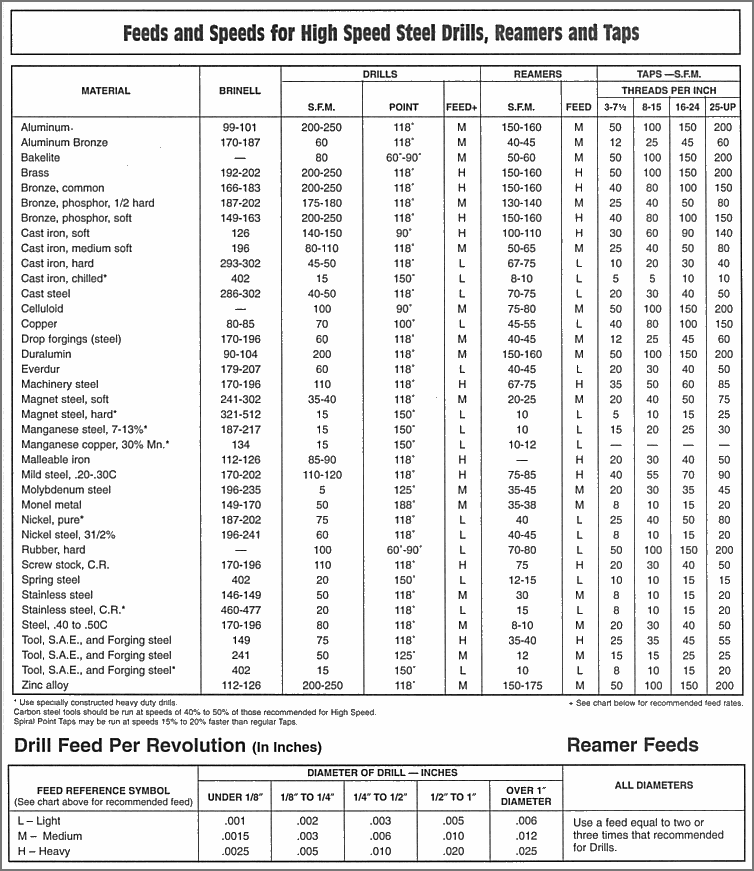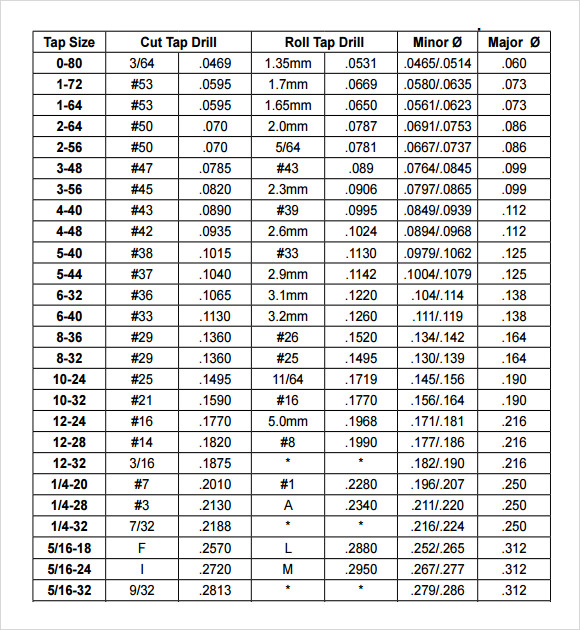

You can also set custom chip loads to calculate the feed rates.
ROLL FORM TAP SPEEDS AND FEEDS MANUAL
In manual mode, you can set the cutting speed (usually in surface feet per minute – sfm), and it will output the rotation speed in rotations per minute (rpm), therefore converting sfm to rpm. It also has the corresponding chip load data to calculate the feed rates. The calculator contains a range of recommended cutting speeds for different materials, allowing it to calculate the rotation speeds. In preset mode, you can select the operation, tool material, size and number of teeth, and the workpiece material. The speeds and feeds calculator has two modes of operation: preset mode and manual mode. For an operation such as milling, the slower the feed rate (and cutting speed), the smoother the finish on the workpiece will be. Generally, it would be best if you started at the lower feed rate and slowly increase it from there. The calculator will produce a recommended range of feed rates. If you are not sure how many teeth your tool has, look at it end-on and count how many sharp cutting edges there are around the circumference of the tool. For example, a tool drilling a hole into a soft workpiece material will have a higher chip load than a harder workpiece material.

The chip load depends on the characteristics of the tool and the workpiece material. C L C_\mathrm n t – Number of cutting edges the tool has, also known as the number of flutes.



 0 kommentar(er)
0 kommentar(er)
